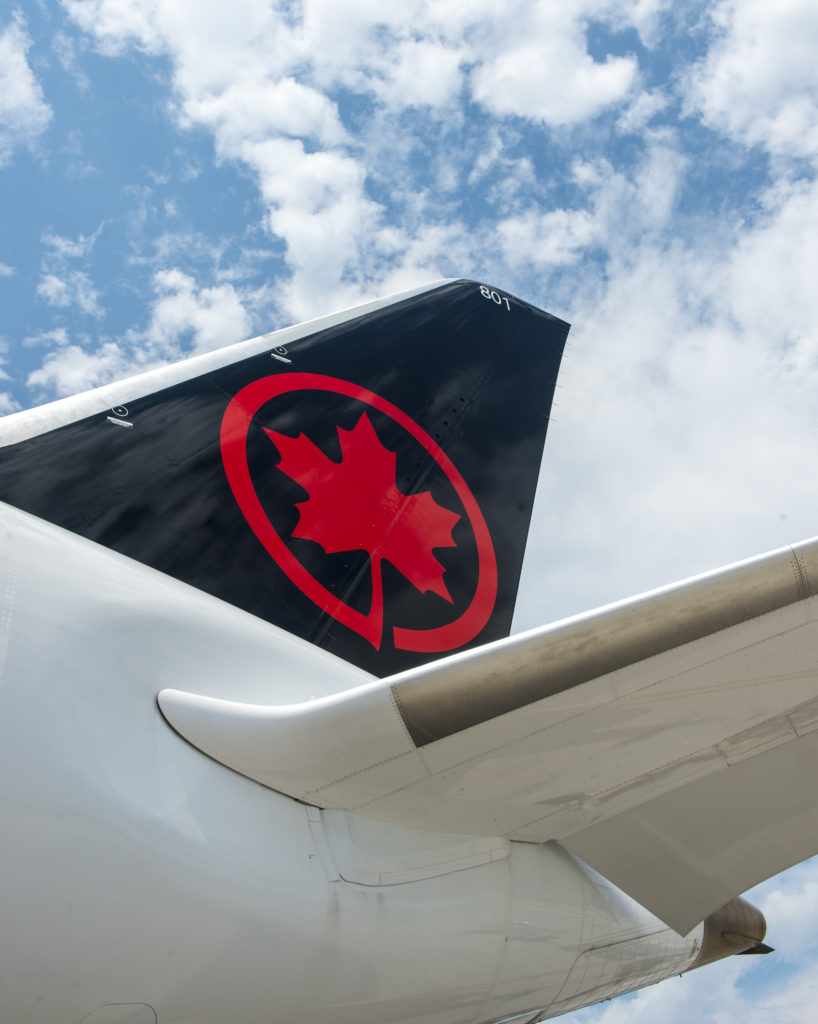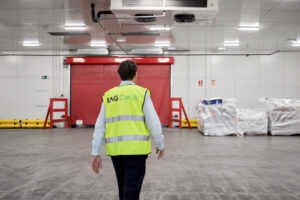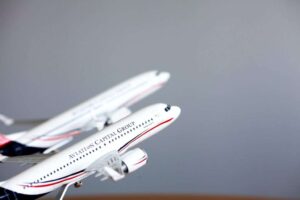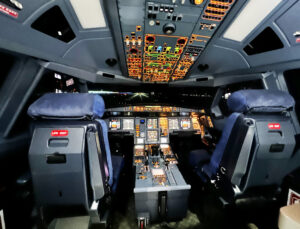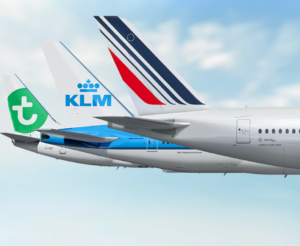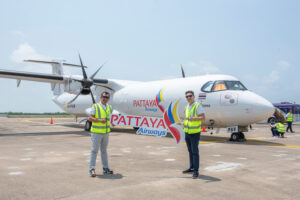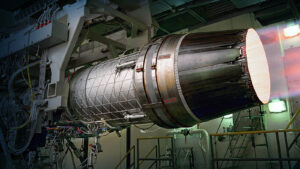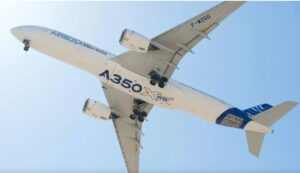Air Canada has reported unrestricted liquidity of CA$9.120 billion at June 30, 2020, in line with Air Canada’s expectations, compared to unrestricted liquidity of CA$7.380 billion at December 31, 2019. Total revenues fell from US$4.738 billion in the second quarter of 2019 to CA$527 million in the second quarter this year, a decline of CA$4.211 billion or 89 per cent. Cargo revenue increased 52 per cent to CA$269 million. The airline reported second quarter 2020 negative EBITDA (excluding special items) or (earnings before interest, taxes, depreciation and amortization) of CA$832 million compared to second quarter 2019 EBITDA of CA$916 million. Air Canada reported an operating loss of CA$1.555 billion in the second quarter of 2020 compared to operating income of CA$422 million in the second quarter of 2019.
“As with many other major airlines worldwide, Air Canada’s second quarter results confirm the devastating and unprecedented effects of the COVID-19 pandemic and government-imposed travel and border restrictions and quarantine requirements. Canada’s federal and inter-provincial restrictions have been among the most severe in the world, effectively shutting down most commercial aviation in our country, which, together with otherwise fragile demand, resulted in Air Canada carrying less than four per cent of the passengers carried during last year’s second quarter. In the face of such an impossible operating environment, I am extremely proud of the outstanding efforts our team is making, doing everything possible to successfully navigate this crisis, leveraging our strong balance sheet and the many other assets we developed or acquired over the last decade,” said Calin Rovinescu, President and Chief Executive Officer of Air Canada.
“Since mid-March, we have raised CA$5.5 billion in new equity, debt and aircraft financings in the capital markets, providing us with over CA$9 billion in liquidity, as of June 30, to help weather the COVID-19 crisis. In addition, we have taken decisive action to cut spending and preserve liquidity – including a major management and front-line workforce reduction, a CA$1.3 billion reduction of our fixed costs and capital investments, the permanent retirement of 79 aircraft (representing more than 30 per cent of our combined mainline and Air Canada Rouge fleet), the indefinite suspension of certain domestic routes and station closures, and a reduction in our network seat capacity of 92 per cent in the quarter. These were some of the painful but necessary steps we have taken to stabilize our airline and preserve cash in these uncertain times. We will now look to the future using this unprecedented challenge as an equally unprecedented opportunity to rebuild a smaller but even more nimble airline, with a simplified and younger fleet and a lower cost structure coming out of the crisis.

